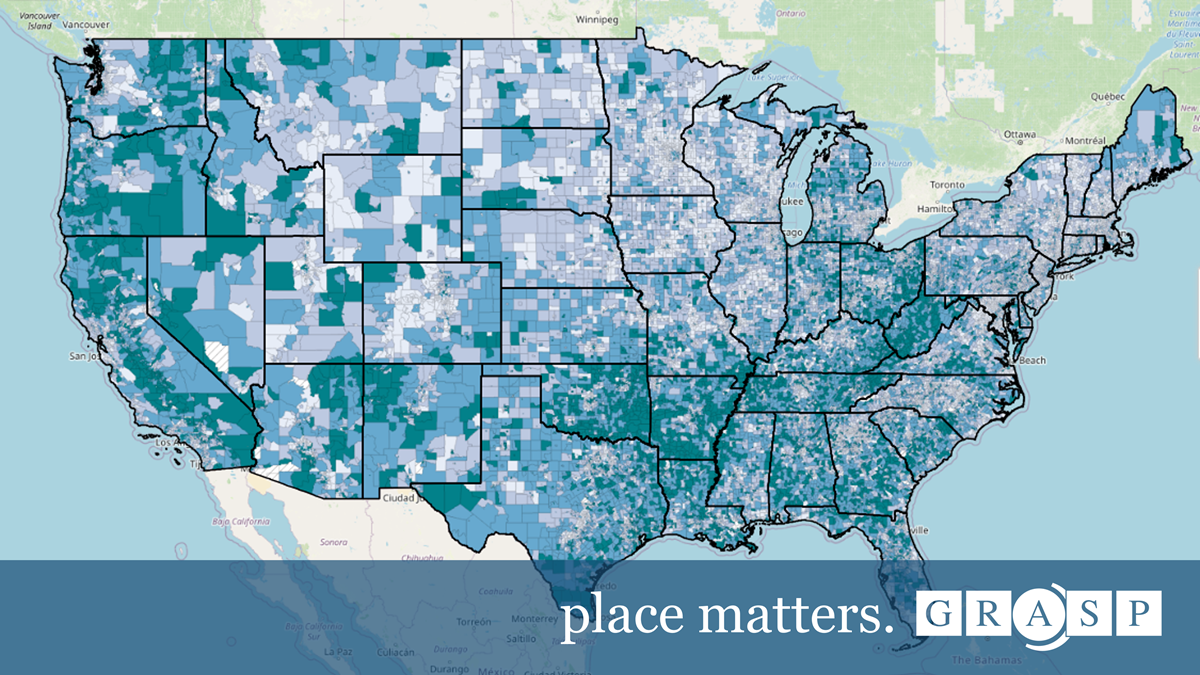About
Find information on the sources for all data included in the contextual mapping layers available on the EJI Explorer.

Disclaimer
The U.S. Centers for Disease Control and Prevention and the Agency for Toxic Substances and Disease Registry do not guarantee the accuracy or precision of all datasets represented on the EJI Explorer. These data are published and maintained by several different federal agencies and academic partners and have been compiled through the EJI Explorer to aid in visualization and to provide context for map users.
Data users are encouraged to carefully reference the metadata provided by these federal agencies before using this data service. These data are neither legal documents nor land surveys and must not be used as such. This information cannot be relied upon to create any rights, substantive or procedural, enforceable by any party in litigation with the United States or third parties.
Points of Interest
Childcare centers
Clinics
Correctional facilities
- Data Source: United States Department of Homeland Security (DHS) Homeland Infrastructure Foundation-Level Data (HIFLD)
Hospitals
Places of worship
Private schools
Public housing
Public schools
Subsidized public housing
Environmental data
National priority list sites
Toxic release inventory sites
Treatment, storage, and disposal sites
Watersheds
- Data Source: United States Geological Survey(USGS) National Map
Equity initiatives
Justice40 assessment (CEJST)
- Data Source: White House Council on Environmental Quality (CEQ)
Opportunity zones
Administrative boundaries
American Indian, Alaska Native, and Native Hawaiian Areas
- Data Source: United States Census Bureau TIGER/Line Shapefiles
City limits
- Data Source: United States Census Bureau TIGER/Line Shapefiles
Counties
- Data Source: United States Census Bureau TIGER/Line Shapefiles
HHS regions
School districts
- Data Source: National Center for Education Statistics' (NCES) Education Demographic and Geographic Estimate (EDGE)
State legislative districts – Lower houses
- Data Source: United States Census Bureau TIGER/Line Shapefiles
State legislative districts – Upper houses
- Data Source: United States Census Bureau TIGER/Line Shapefiles
ZIP code tabulation areas
Data Source: United States Census Bureau TIGER/Line Shapefiles
Historical context
Neighborhood redlining
Data Source: University of Richmond Mapping Inequality Project
Tribal cession boundaries
Data Source: United States Forest Service (USFS) Geospatial Data Discovery (GDD)

